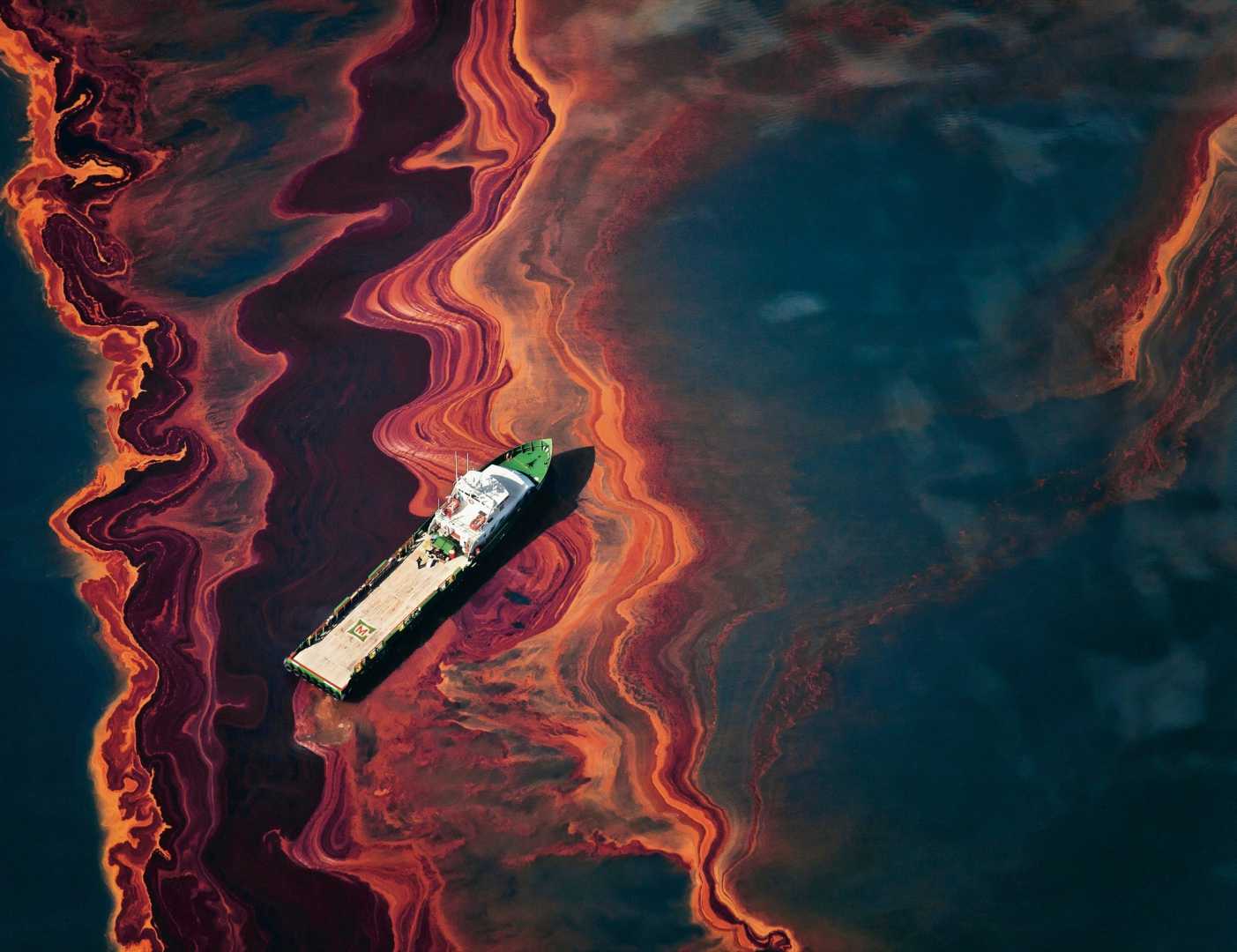News
Deepwater Horizon Oil Spill: 15 Years Later, Impact Still Lingers

NEW ORLEANS, La. — The Deepwater Horizon oil spill, one of the largest environmental disasters in history, began on April 20, 2010, when an explosion rocked the drilling rig, owned by Transocean and leased by BP, located about 41 miles off the Louisiana coast. The incident led to a significant outflow of oil into the Gulf of Mexico, causing long-term ecological and economic repercussions.
Shortly after the rig’s explosion, which claimed the lives of 11 workers and injured 17 others, the rig sank on April 22, rupturing the riser and unleashing an estimated 60,000 barrels of oil per day. Initial estimates by BP suggested a mere 1,000 barrels per day, but the rapid flow shocked authorities and triggered one of the largest response efforts ever undertaken.
Despite attempts to activate the rig’s blowout preventer, the device malfunctioned, leading to the ongoing leak that released over 4.9 million barrels of oil into the Gulf by the time it was eventually capped on September 19, 2010. The impact on local wildlife was devastating, with studies estimating that up to 800,000 birds died as a result of the spill.
“This spill has altered the ecosystem of the Gulf of Mexico,” said Dr. Emily Williams, marine biologist with NOAA Fisheries. “Species that rely on the Gulf for breeding and sustenance have been drastically affected.”
In response to the spill, cleanup crews deployed 1.8 million gallons of dispersants while attempting to corral the oil with booms. Over 1,100 miles of coastline were polluted as oil washed ashore on beaches in multiple states, including Louisiana, Mississippi, and Alabama.
Recovery efforts began quickly but faced numerous challenges, including the presence of subsurface plumes of dispersed oil confirmed by NOAA in June 2010. The cleanup and monitoring process continued for years, with some areas remaining under scrutiny years after the incident.
Economic consequences for Gulf states were severe. Fishing zones were closed, tourism plummeted, and many local businesses faced bankruptcy. President Obama’s administration established a $20 billion compensation fund to aid those affected, though the distribution of funds became a contentious issue, with claims exceeding the actual damages.
“The spill’s effects have lingered longer than anyone anticipated,” said economist Tony Martinez, who has extensively studied the Gulf’s recovery. “Fishing industries are still recovering, and public trust in seafood safety has yet to return to pre-spill levels.”
Mismanagement and regulatory oversights were key factors identified by various commissions investigating the spill. Reports from the National Commission on the BP Deepwater Horizon Oil Spill and Offshore Drilling highlighted failures in regulatory oversight as well as negligence by BP and its partners. Even ten years later, many of their recommendations remained unaddressed by Congress, raising questions about future regulatory frameworks.
Moreover, a 2020 study revealed that fish in the Gulf continue to exhibit traces of polycyclic aromatic hydrocarbons (PAHs), indicating lingering contamination from the spill. “We need to ensure that the lessons learned from the Deepwater Horizon spill are not forgotten,” added Dr. Liam Johnson, a marine ecologist. “Ongoing research is critical to understanding how to protect our oceans.”
As the anniversary of the spill approaches, advocacy groups remind the public of the disaster’s lasting effects. They stress the importance of adopting stringent safety measures and regulatory reforms to prevent a similar catastrophe from happening in the future.












